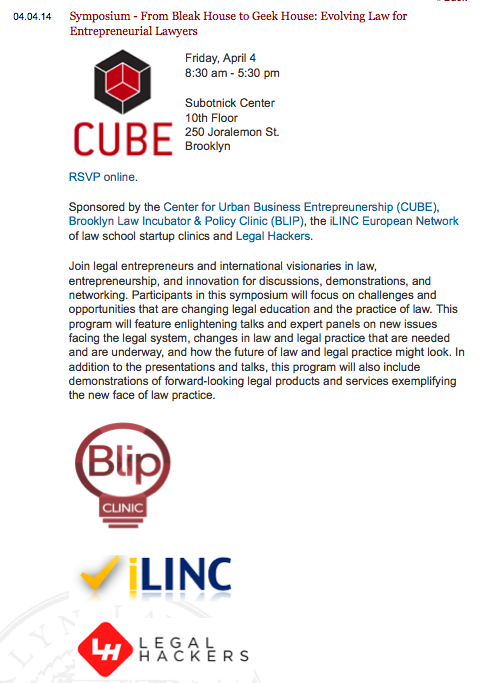Earlier this year, Abhijeet Chavan of Urban Insight published a fascinating report of Best Practice Benchmarking for Legal Services Sites. It was originally presented earlier in 2014 at the LSC TIG Conference. The report looks at how users are accessing legal help sites, what type of tools and designs the sites offer, and what reading level the content on the sites is presented in.
This best practice benchmarking study of 153 legal services websites was conducted by Urban Insight in December 2013-January 2014. The results were presented at Legal Services Corporation (LSC) 2014 TIG Conference in Jacksonville, FL.
Best practice benchmarking is “the process of comparing one’s business processes and performance metrics to…best practices from other industries” or in relation to “a peer group defined for the purposes of comparison.” (Wikipedia).
Summary
- Mobile Traffic Doubled Every Year Since 2011 For Legal Aid Websites
- Mobile Traffic Expected To Reach 50% By 2015 For Legal Aid Websites
- 14% of Legal Services Websites Use Responsive Web Design
- Legal Services Websites Use Open Source for Responsive Design
- 44% of Legal Services Websites Use Social Media
- Legal Services Websites Rely on PDF/DOC
- Most Legal Aid Content Is At Intermediate Reading Level
Mobile Traffic Doubled Every Year Since 2011 For Legal Aid Websites
According to web traffic data for six legal aid websites, traffic to legal aid websites from mobile devices such as smartphones and tablets has doubled every year since 2011.
Traffic data collected using Google Analytics for 2011-2013 for the following legal aid programs was available for this analysis: Idaho Legal Aid Services, Native Legal Net, Legal Services Corporation of Delaware, MD Justice, Tennessee Alliance for Legal Services, and Kansas Legal Services.)

Mobile Traffic Expected To Reach 50% By 2015 For Legal Aid Websites
If traffic from mobile devices to legal aid websites continues to grow at the rate that it has in the last three years, by 2015 half of the traffic to legal aid websites could come from mobile devices. This trend matches projections made by the White House that by 2015 more people will access the Internet via mobile phones rather than desktop computers.
Based on Google Analytics web traffic for 2011-2013, we projected the average mobile traffic percentage for Idaho Legal Aid Services, Native Legal Net, Legal Services Corporation of Delaware, MD Justice, Tennessee Alliance for Legal Services, and Kansas Legal Services.

14% of Legal Services Websites Use Responsive Web Design
Responsive web design is an approach for building a website that adapts its presentation to the device on which it is being viewed. Responsive design has emerged as a popular approach for building a single website that is accessible on multiple devices, from desktop computers to smartphones.
We inspected 153 legal services websites listed on LSC and LawHelp and determined if they were responsive to different devices. Fourteen percent of legal services websites have adopted responsive web design.

Legal Services Websites Use Open Source for Responsive Design
We identified content management platforms used by legal services websites using the Wappalyzer tool. (See Tools) Major platforms in use by legal services websites include Pro Bono Net, WordPress, Drupal, and Drupal for Legal Aid Websites (DLAW). Eighteen percent appear to be running a custom-built content management platform. Sixteen percent of legal services websites appear to be static, i.e., not running any content management system.

All 21 legal services websites that have adopted responsive web design run open source content management systems.

44% of Legal Services Websites Use Social Media
We inspected legal services websites to determine if they had setup a Twitter account or a Facebook page. Only 44% of legal services websites are using Facebook and/or Twitter.

Facebook is more popular with 44% of websites linking to their Facebook page. Twenty-seven percent of websites have Twitter accounts while 18% have setup a YouTube channel.

Legal Services Websites Rely on PDF/DOC
Using Google Advanced Search (See Tools) we determined that half of legal services websites have 10% or less of their pages in PDF or DOC format. But others still publish much of their content in these non-HTML formats that are inconvenient to read on smaller mobile devices.

Most Legal Aid Content Is At Intermediate Reading Level
Using Google Advanced Search (See Tools) we determined the average for basic, intermediate, and advanced reading levels of website content for 53 state-wide legal aid websites in the country that provide legal aid information to the general publi. The national average is 98% of the content is at intermediate reading level.

This matches the reading levels of the LSC website which has 91% of the content at intermediate reading level.

By comparison, websites such as WebMD and Health.Com that provide medical information to the general public have higher percentages of their content at basic reading levels.



Tools
To determine the web platform a website was running on we used the Wappalyzer which identifies different technologies being used by a website. It is available as an add-on for Firefox & Chrome web browsers. Here is a screenshot of Wappalyzer identifying web technologies used by the LSC website.

To determine percent of website’s pages in PDF or DOC, and to determine content readability levels, we used the Google’s Advanced Search feature.

First determine the total number of pages on a website by specifying the website URL and hitting search. Google will report the total count of URLs visible to it.
To determine filetype, specify site or domain and file type.

To determine reading level, specify site and select “:annontate results with reading levels” for reading level.



